AutoGuide Tests: Michelin X-Ice Snow Tires

Over the past few years, our northern editors have tested tires from all the major brands, but it’s been quite a while since we ran a set of Michelin X-Ice snow tires (“X-Ice Snow” is the tire name). Industry-wide shortages meant Michelin wasn’t able to get them into our hands until mid-November, which is later than we like to put them on; but because of a very mild fall in the East we didn’t have any early winter weather to contend with.
The X-Ice Snows are a new tire, introduced for the 2021 winter season to replace the popular X-Ice Xi3. They’re positioned to go head-to-head with premium snow tires like Nokian Hakkappeliitta R3s (which these replaced on the test vehicle) and Bridgestone Blizzak WS90s—the very best of the best. We’d include the Continental Viking Contact 7s, Goodyear UltraGrip Ice 2 and Pirelli Ice Zero FR in there, too, although we have less experience outside the big three Michelin, Nokian, and Bridgestone.
Michelin says the X-Ice Snow’s strongest performance is in braking, especially on ice, where they claim not only a 10-foot improvement over the Xi3 and Xi2, but that third-party testing showed the Snow ahead of all the competition. Like the Bridgestone Blizzak, Michelin uses a tread design that maintains a full contact patch as it wears down, as well as a proprietary “EverGrip” tread compound that combines grip and stiffness for extended wear. This is traditionally one of the biggest challenges for a snow tire, which needs to be soft enough to grip snow in subzero conditions, but not wear overly fast in highway use. A lot of us in the north don’t see more than 25,000 miles of life out of a set of snow tires, but Michelin warrantees these for 40,000 miles, so we’ll be very interested to look at the tread in the spring.
Table of contents
Michelin X-Ice Snow First Impressions
Just looking at the tread says this isn't an all-season tire. It has big tread blocks; wide channels and a distinct Vee to squish out slush; and multi-directional sipes, which are the little cuts molded into the tire. Like you might expect, the chunky treads do a lot of the work in loose snow, but on slippery surfaces, whether icy, slushy, or just cold and wet, the sipes both bite in, and deform slightly to increase surface area and give you grip. The X-Ice Snow's sipes are full depth, meaning you'll have them as long as you have tread, which Michelin says can be up to a whole winter longer than competitors.
The rubber is made with "Flex-Ice 2.0," which is a low-temperature, full-silica formulation; and "EverWinterGrip" rubber inclusion technology, which is a stiff, high-density silica and carbon black compound that resists thermal degradation in warmer temperatures, like highway driving above freezing. Silica in snow tires also aids in traction.
Michelin X-Ice Snows are available in 127 sizes from 14 to 22 inches, in H or T (130 or 118 MPH), depending on the size, and have a 40,000-mile treadwear warranty. We're running the 205/55R16 94H XL size on our winter beater, a FWD six-speed 2014 Mazda5.
Storm Testing the Michelin X-Ice Snow

Our X-Ices got their first exposure to snow on a December 2022 Christmas tree run. We started in the rain at an elevation of about 780 feet, and headed up five miles of mountain singletrack dirt road to use our harvest permit from a wilderness area. The rain changed over to light snow at the base of the mountain, and accumulated to a couple of inches by the time we were back down. The tires plowed easily through slippery mud, as long as we turned off the traction control and let them spin. Braking was uneventful. In dry or above-freezing conditions over the next two weeks, we found them easy to live with, and both quieter and less bouncy-feeling than Blizzak WS90s.
Two weeks later, we put our life on the line.
We knew—as did most of Eastern North America—that a major winter storm was on the way. We made a final supplies run, and got caught in a changeover from rain to a blizzard. The 17 miles back to home base were in some of the worst winter driving we've ever done, with a layer of ice on the road, heavy slush, and whiteout conditions. This would have been a workout for any tire, and there were times when then we lost forward progress due to the traction control limiting wheelspin as the tires (and everything else) packed up at low speed. Sometimes you do need wheelspin to clear your tread, so turning it off kept us going.
And we did keep going, at one point passing three spun-out cars in a stretch locally known as Death Valley. We won't say the Michelins made the drive easy, but they did make it possible.
Michelin X-Ice Drivers' Notes

Since the storm, it's largely been above freezing. We've found the X-Ice Snows to be excellent in cold and wet conditions, and essentially unnoticeable on the highway. They're also doing great on the mud bogs that our rural dirt roads have turned into.
We're pretty sure that any tire that brought us through the Blizzard of '22 is good enough for us to recommend. They did take a fair amount of weight to balance, but we also did it at a garage that uses old-school clip weights, and not beads or stick-ons, so we're not going to draw any conclusions from that. We'll post another update in February when, we hope, we've been able to drive them in more typical winter conditions but at least for now, they're as good as anything else on the market.
We are committed to finding, researching, and recommending the best products. We earn commissions from purchases you make using the retail links in our product reviews. Learn more about how this works.
AutoGuide may accept review samples for testing and evaluation. Suppliers of review products do not have any input into our conclusions and are not allowed to review our content before publication.

After completing a degree project in automotive design, Dave wrote and photographed for almost a decade in print car magazines (remember those?), before transitioning to digital. He now subjects a series of old high-performance cars to the roads and weather in Vermont and wonders why they're always expensively broken. Please stop when you see him crawling under one on the side of the road.
More by David Traver Adolphus





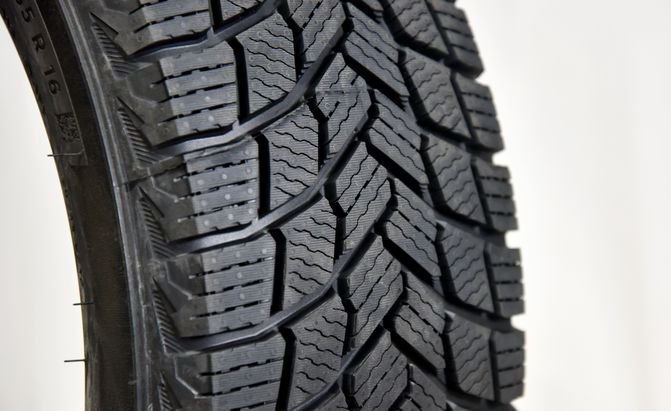














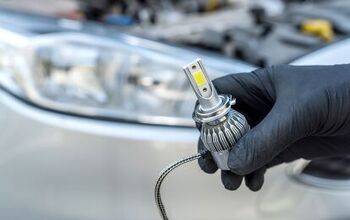

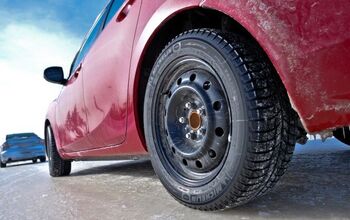

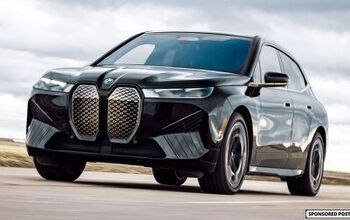

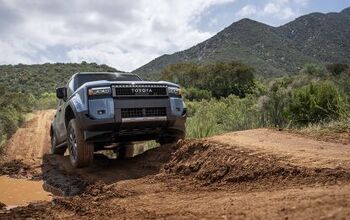


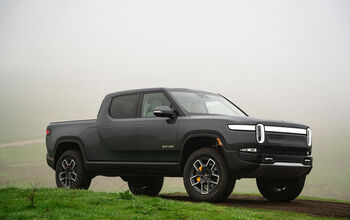





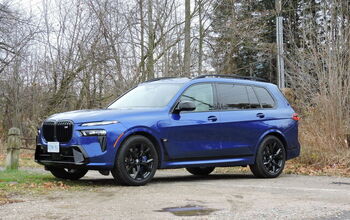
Comments
Join the conversation